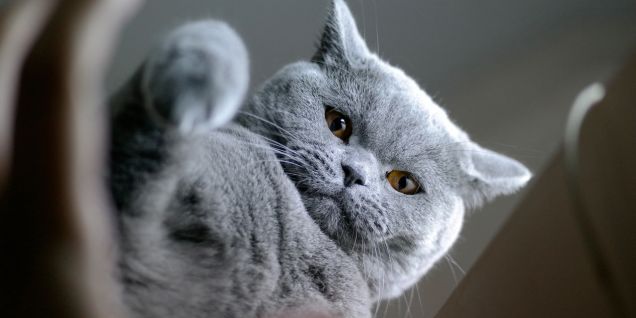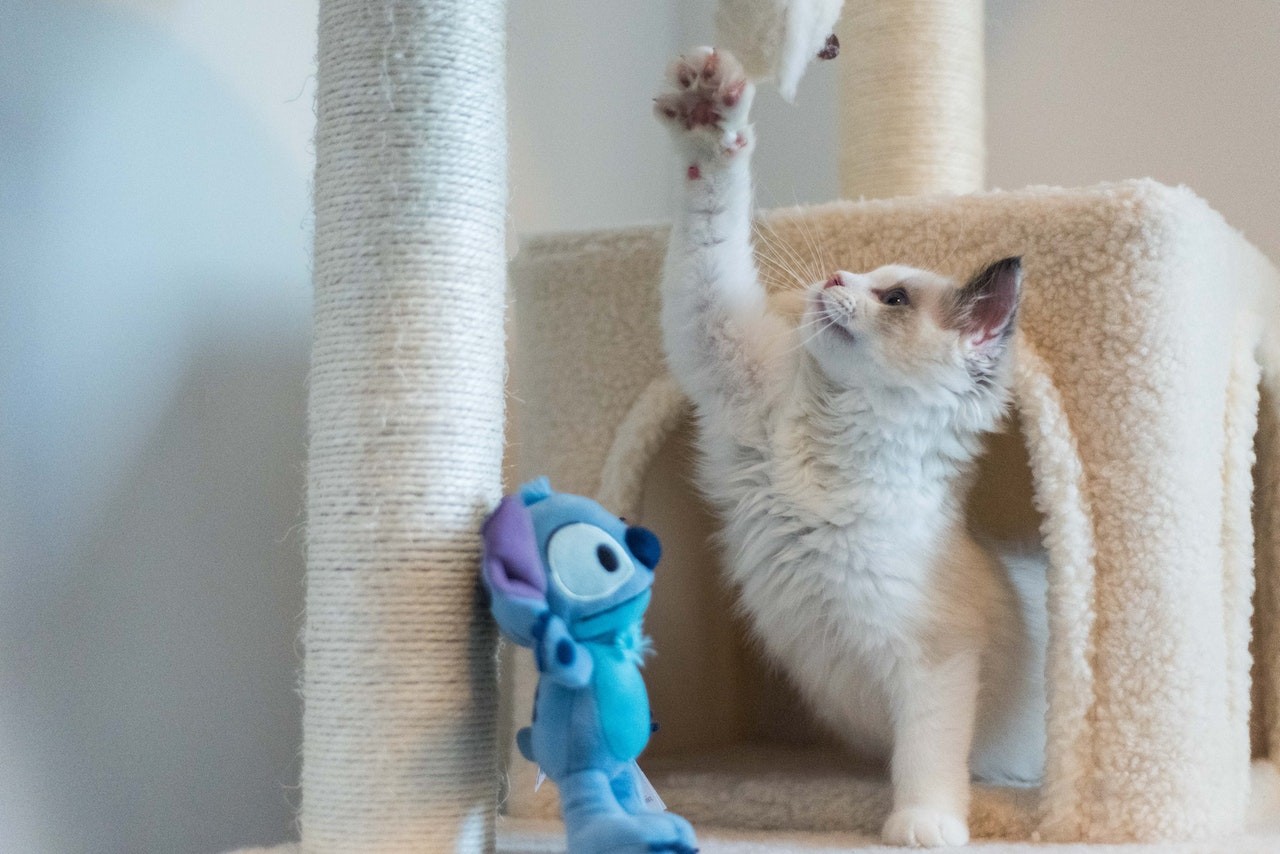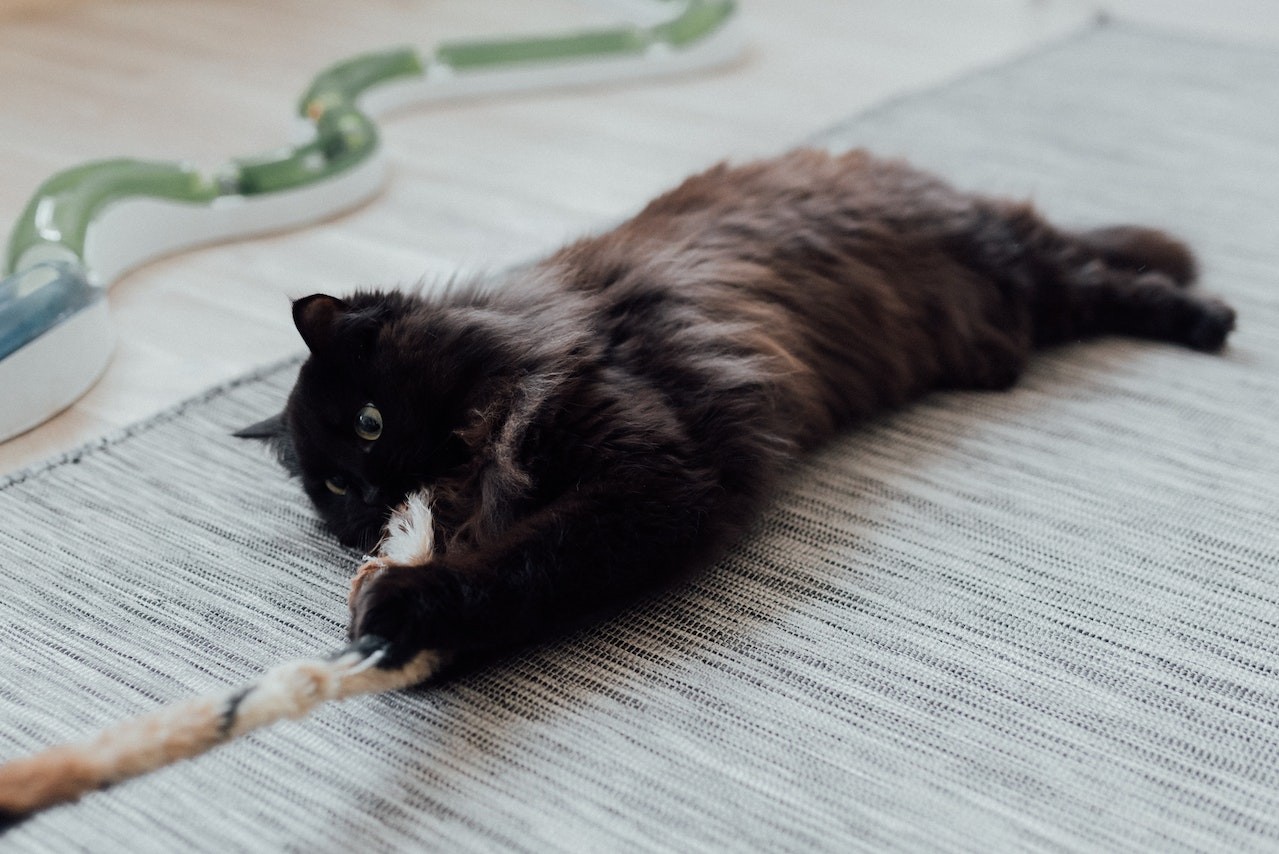Ways to Keep Your Aged / Senior Cat Active

Cats are generally considered 'senior' at 8 to 10 years of age. Like humans, aging cats face health and mobility issues. As pet owners, we must learn to keep our cats active even on their big days. We can minimize the negative impact these changes have on our cat's quality of life, though, just like people.

They may use their favorite toys in a slightly different way, but they probably still like them. When playing with stick and string toys, move more slowly and stay grounded. If your cat is mobile enough, you can occasionally jump or climb high places.
Lightly toss with tossing toys like fluffy mice or glasses, so your cat doesn't have to fly down the aisle. Instead of playing on hardwood or tile floors, consider playing on a carpeted area for better traction.
Your cat may be an excellent multitasker when young, but as they get older, their coordination deteriorates, making it more difficult for them to chase down prey as they used to do before. It's best to focus on just one important movement at a time.
For example, instead of waving a stick toy up and behind the couch, do balance exercises to encourage treats where your cat must "hunt" while balancing, so they don't fall. Alternately, place a toy that is stationary so that your cat will bat and knock it over instead of trying to balance on a moving object.
Your cat may not feel like moving because you want to keep him active. You may have to convince him. Use catnip to get your cat interested in a toy or to get him going. Make a hunting toy for your cat to "hide" behind something and make a noise.
For cats, this can be extremely appealing. If your cat bats at the toy a few times before stopping, don't give up. If they see it moving for a while, they may be interested again. A cat's hunting sequence involves looking, so if they're still focused on what they're looking at, they're still interested.
Not all enrichment needs to be highly functional. Older cats can claw at the ball and watch it travel with the ball and track toys. A fun cave can be made from a cardboard box with a hole cut into it. Walking around in brown packing paper splattered with catnip on the floor can be a lot of fun.
Your senior cat can use his eyes, ears, and paws with battery-operated toys that roll under a cloth cover or around a fixed pedestal without moving around. To help your cat climb up their favorite perches and viewing areas, consider using pet stairs.
You can keep your cat cognitively engaged even if she is no longer mobile or interested in playing. Your cat may be interested in bird feeders outside the windows or bird and insect movies on television. Their brains can be activated during training with very basic, low-motion cues such as touching a target with the nose or raising a paw.
It can be exciting and stimulate their minds just to introduce them to something new to study. Has your cat ever inspected a little limb from a tree or smelled an apple? Do they care about the contents of your electric toothbrush or hallway closet? Let them investigate things they wouldn't normally engage with so that a straightforward.

Consult your veterinarian and your cat for advice. As your cat ages, keep in mind that your veterinarian is a partner. Actually, record your cat moving around, lying down, jumping, and playing on camera, then show it to your vet, so they can understand how limited your cat's mobility may be.
These movies can also help you understand where your cat feels challenged and where they are most at ease. As you consider activities your senior cat can engage in safely to keep those muscles and joints working, keep this information in mind.
Keep in mind that if you push them over their point of comfort, they could get hurt or have more pain. They may completely withdraw from a play session if you try to participate in it beyond their level, which would prevent them from getting any exercise.
Cats grow old at some point in their lives. Still, never assume that behavioral or physical changes in your cat are the result of aging. It is important to consult your veterinarian whenever you notice deviations from your cat's "normal."
Popular
6 Affordable Makeup Organizers To Declutter Your Vanity
For the makeup lovers! Here are the best 6 Affordable Makeup Organizers To Declutter Your Vanity.
Look at the Stunning Debut of Alia Bhatt at the Met Gala 2023
Alia Bhatt Met Gala 2023 debut was a huge success, and she certainly made a mark with her stunning look. Now grab for more details here!
Crunches Vs. Sit-Ups: Which One Is Best For Your Abs?
Exercises that burn fat can help you lose weight .If you want to know Crunches Vs. Sit-ups: Which one is best for your Abs read below
Black Seed Oil Benefits For Hair and Skin
Black seed oil offers a wide range of benefits for hair and skin. Now get more information about black seed oil visit the blog!
